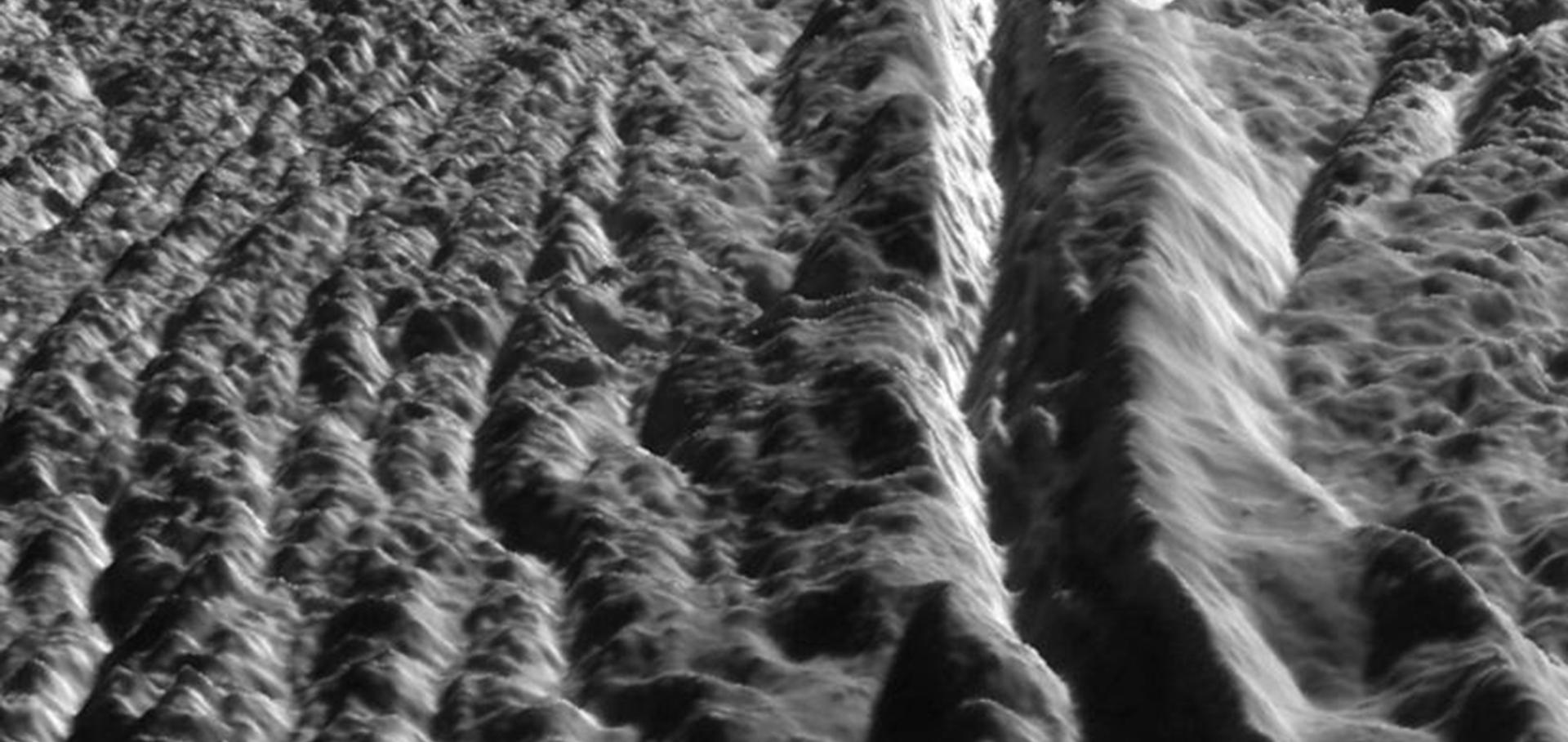The Global Color of Pluto from New Horizons
The Astronomical Journal American Astronomical Society 154:6 (2017) 258
Enceladus plume structure and time variability: comparison of Cassini observations
Astrobiology Mary Ann Liebert Inc 17:9 (2017) 926-940
Abstract:
During three low-altitude (99, 66, 66 km) flybys through the Enceladus plume in 2010 and 2011, Cassini's ion neutral mass spectrometer (INMS) made its first high spatial resolution measurements of the plume's gas density and distribution, detecting in situ the individual gas jets within the broad plume. Since those flybys, more detailed Imaging Science Subsystem (ISS) imaging observations of the plume's icy component have been reported, which constrain the locations and orientations of the numerous gas/grain jets. In the present study, we used these ISS imaging results, together with ultraviolet imaging spectrograph stellar and solar occultation measurements and modeling of the three-dimensional structure of the vapor cloud, to constrain the magnitudes, velocities, and time variability of the plume gas sources from the INMS data. Our results confirm a mixture of both low and high Mach gas emission from Enceladus' surface tiger stripes, with gas accelerated as fast as Mach 10 before escaping the surface. The vapor source fluxes and jet intensities/densities vary dramatically and stochastically, up to a factor 10, both spatially along the tiger stripes and over time between flyby observations. This complex spatial variability and dynamics may result from time-variable tidal stress fields interacting with subsurface fissure geometry and tortuosity beyond detectability, including changing gas pathways to the surface, and fluid flow and boiling in response evolving lithostatic stress conditions. The total plume gas source has 30% uncertainty depending on the contributions assumed for adiabatic and nonadiabatic gas expansion/acceleration to the high Mach emission. The overall vapor plume source rate exhibits stochastic time variability up to a factor ∼5 between observations, reflecting that found in the individual gas sources/jets.Inflight radiometric calibration of New Horizons’ Multispectral Visible Imaging Camera (MVIC)
Icarus Elsevier BV 287 (2017) 140-151
Abstract:
© 2016 Elsevier Inc. We discuss two semi-independent calibration techniques used to determine the inflight radiometric calibration for the New Horizons’ Multi-spectral Visible Imaging Camera (MVIC). The first calibration technique compares the measured number of counts (DN) observed from a number of well calibrated stars to those predicted using the component-level calibration. The ratio of these values provides a multiplicative factor that allows a conversation between the preflight calibration to the more accurate inflight one, for each detector. The second calibration technique is a channel-wise relative radiometric calibration for MVIC's blue, near-infrared and methane color channels using Hubble and New Horizons observations of Charon and scaling from the red channel stellar calibration. Both calibration techniques produce very similar results (better than 7% agreement), providing strong validation for the techniques used. Since the stellar calibration described here can be performed without a color target in the field of view and covers all of MVIC's detectors, this calibration was used to provide the radiometric keyword values delivered by the New Horizons project to the Planetary Data System (PDS). These keyword values allow each observation to be converted from counts to physical units; a description of how these keyword values were generated is included. Finally, mitigation techniques adopted for the gain drift observed in the near-infrared detector and one of the panchromatic framing cameras are also discussed.Physical state and distribution of materials at the surface of Pluto from New Horizons LEISA imaging spectrometer
Icarus Elsevier 287 (2017) 229-260
Pluto’s global surface composition through pixel-by-pixel Hapke modeling of New Horizons Ralph/LEISA data
Icarus Elsevier 287 (2017) 218-228

